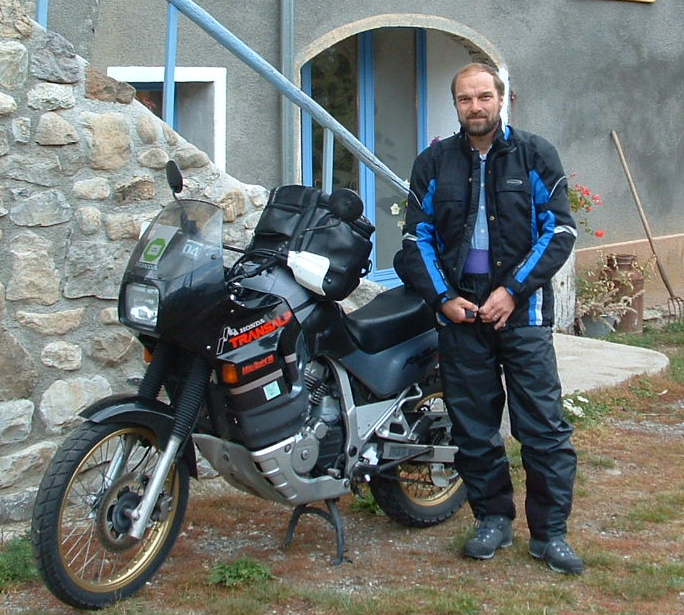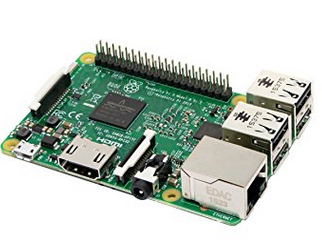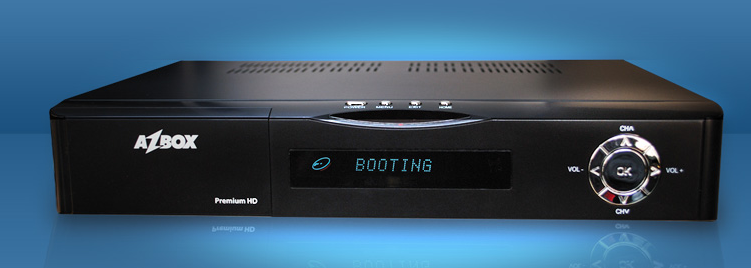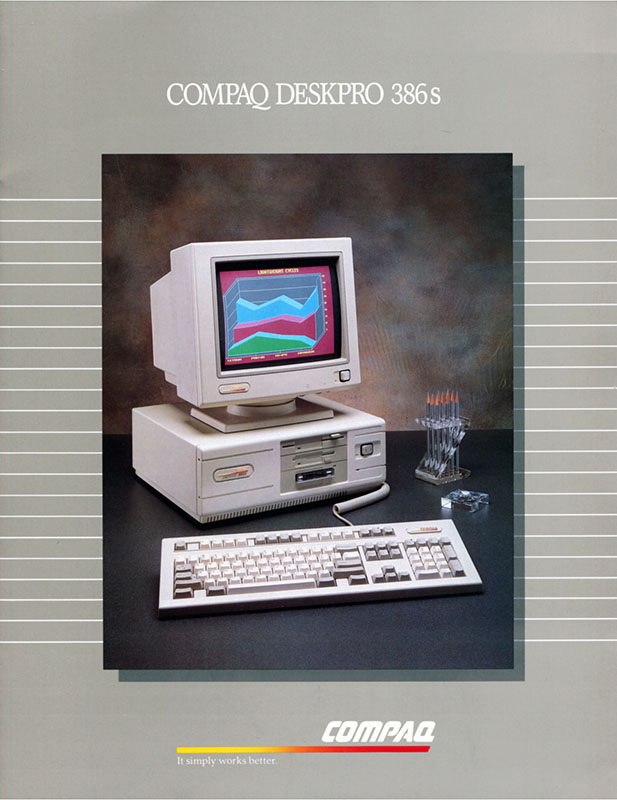
Difference: Lecture1:Introduction (1 vs. 4)
Revision 42017-09-14 - uli
| Line: 1 to 1 | ||||||||
|---|---|---|---|---|---|---|---|---|

Slide 1: Course on Embedded Systems, Introduction | ||||||||
| Changed: | ||||||||
| < < | Held at the University of Cape CoastWinter Semester 2017Lecture 1 | |||||||
| > > | Held at the University of Cape CoastWinter Semester 2017Lecture 1 | |||||||
Introduction | ||||||||
Revision 32017-09-07 - uli
Revision 22017-09-05 - uli
| Line: 1 to 1 | ||||||||
|---|---|---|---|---|---|---|---|---|

Slide 1: Course on Embedded Systems, Introduction | ||||||||
| Line: 7 to 7 | ||||||||
Introduction | ||||||||
| Changed: | ||||||||
| < < | What should I introduce? | |||||||
| > > | What should I introduce? | |||||||
| ||||||||
| Changed: | ||||||||
| < < |
| |||||||
| > > |
| |||||||
Introduce myself
| ||||||||
| Line: 102 to 102 | ||||||||
Booting a high end embedded system | ||||||||
| Changed: | ||||||||
| < < | On embedded systems every processor has its own way to boot. However, there are some similarities: After reset the processor executes a very short program in on-chip ROM | |||||||
| > > | On embedded systems every processor has its own way to boot. | |||||||
| Added: | ||||||||
| > > | However, there are some similarities:
| |||||||
| ||||||||
| Changed: | ||||||||
| < < | Booting a | |||||||
| > > | Booting a low end embedded processor
Native versus cross development
| |||||||
| %SLIDESHOWEND% | ||||||||
| Deleted: | ||||||||
| < < | Article text. | |||||||
-- Comments | ||||||||
Revision 12017-09-05 - uli
| Line: 1 to 1 | |||||||||||||||||||||||||||||||||||||||||
|---|---|---|---|---|---|---|---|---|---|---|---|---|---|---|---|---|---|---|---|---|---|---|---|---|---|---|---|---|---|---|---|---|---|---|---|---|---|---|---|---|---|
| Added: | |||||||||||||||||||||||||||||||||||||||||
| > > |

Slide 1: Course on Embedded Systems, IntroductionHeld at the University of Cape CoastWinter Semester 2017Lecture 1
Slide 2: IntroductionWhat should I introduce?
Slide 3: Introduce myself
Slide 4: Differences to other coursesStandard course:
This course:
Slide 5: Introduce the CourseWhat is a computer?Definition from WikipediaA computer is a device that can be instructed to carry out arbitrary sequences of arithmetic and logical operations automatically. The ability of computers to follow generalized sets of operations, called programs, enable them to perform an extremely wide range of tasks.Slide 6: A ComputerThis is a computer: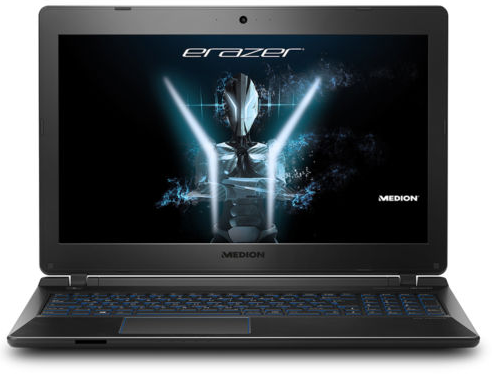
Slide 7: ... but what about these?
Slide 8: Cost of a Computer
Slide 9: My first Computer
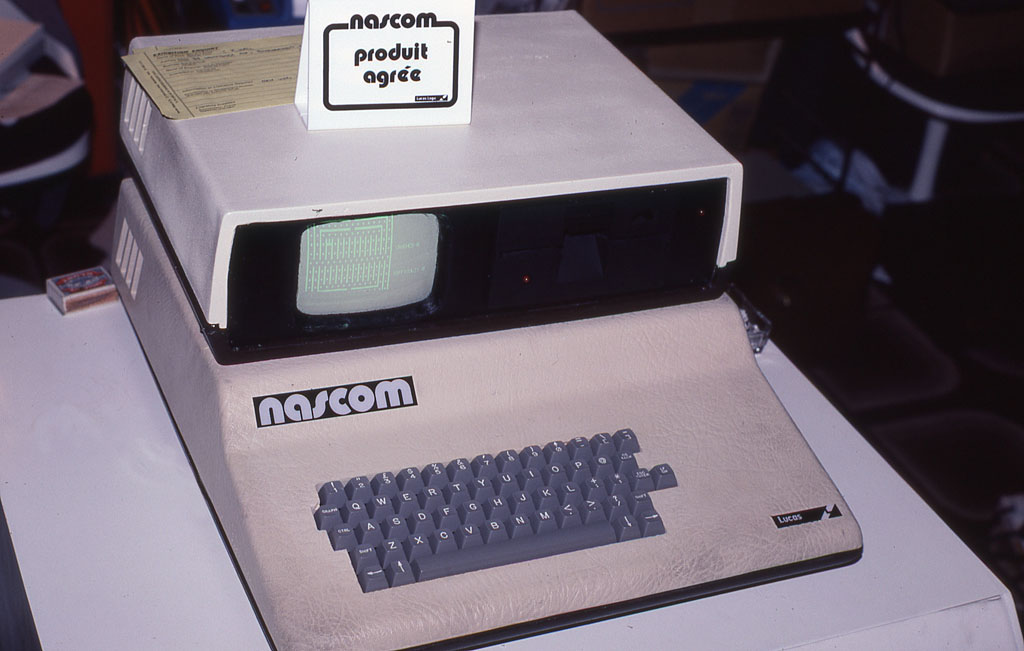
Slide 10: My first PC
Slide 11: My current PC
Slide 12: What the OS knows about this machineThese are the specs of my current laptop for ~ 700 $: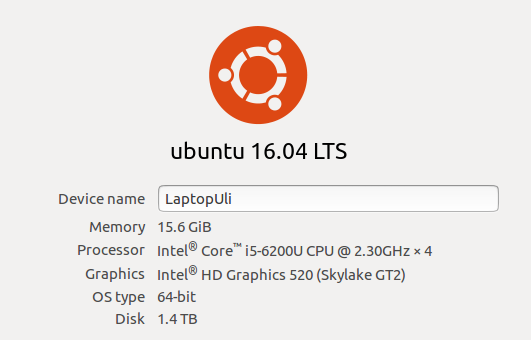
Slide 13: Other Computers I own
Slide 14: Booting a PCThe boot sequence is essentially this one:
Slide 15: Booting a high end embedded systemOn embedded systems every processor has its own way to boot. However, there are some similarities:After reset the processor executes a very short program in on-chip ROM
Slide 16: Booting aArticle text. --Comments
| ||||||||||||||||||||||||||||||||||||||||
View topic | History: r4 < r3 < r2 < r1 | More topic actions...
Ideas, requests, problems regarding TWiki? Send feedback
